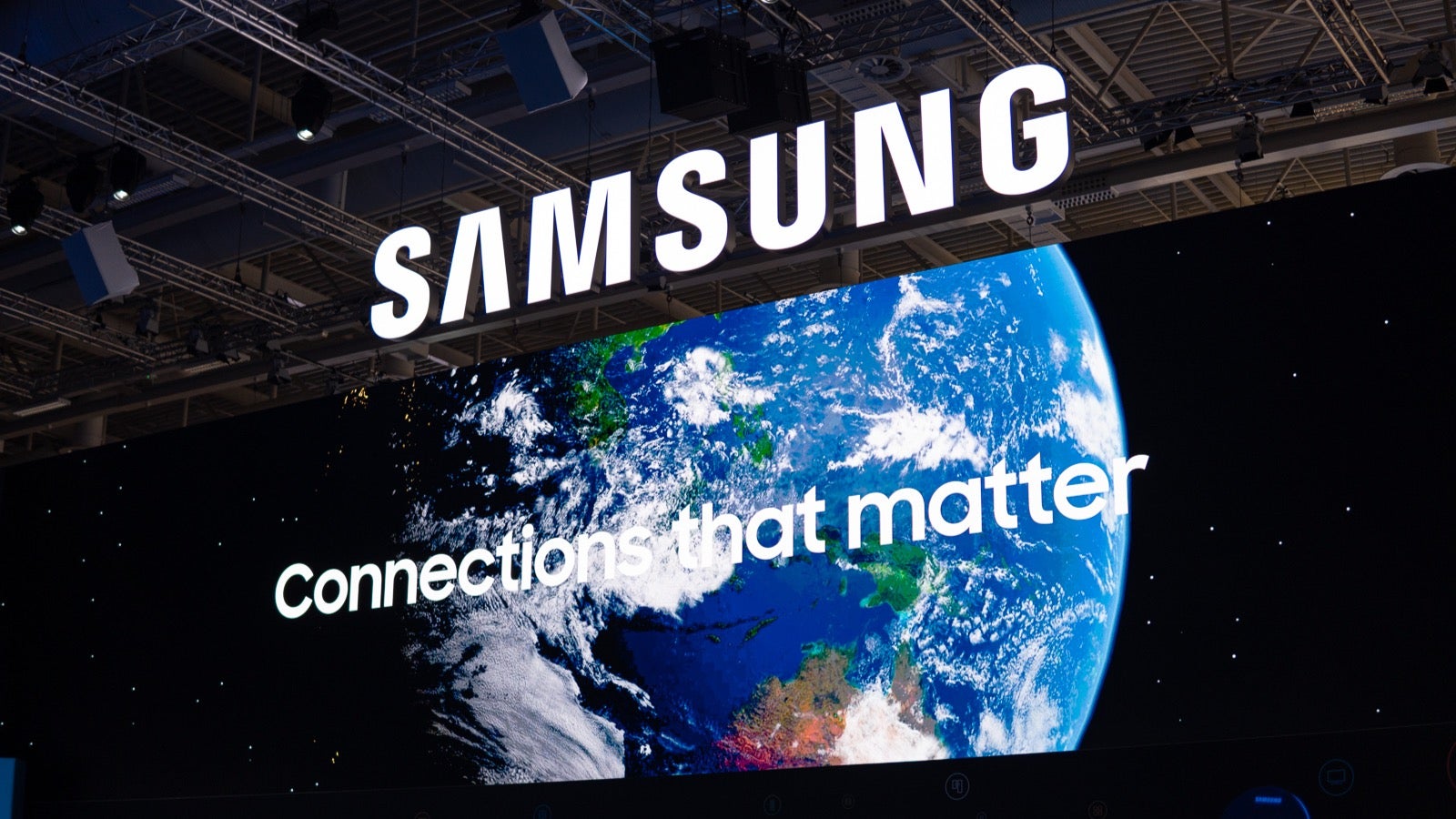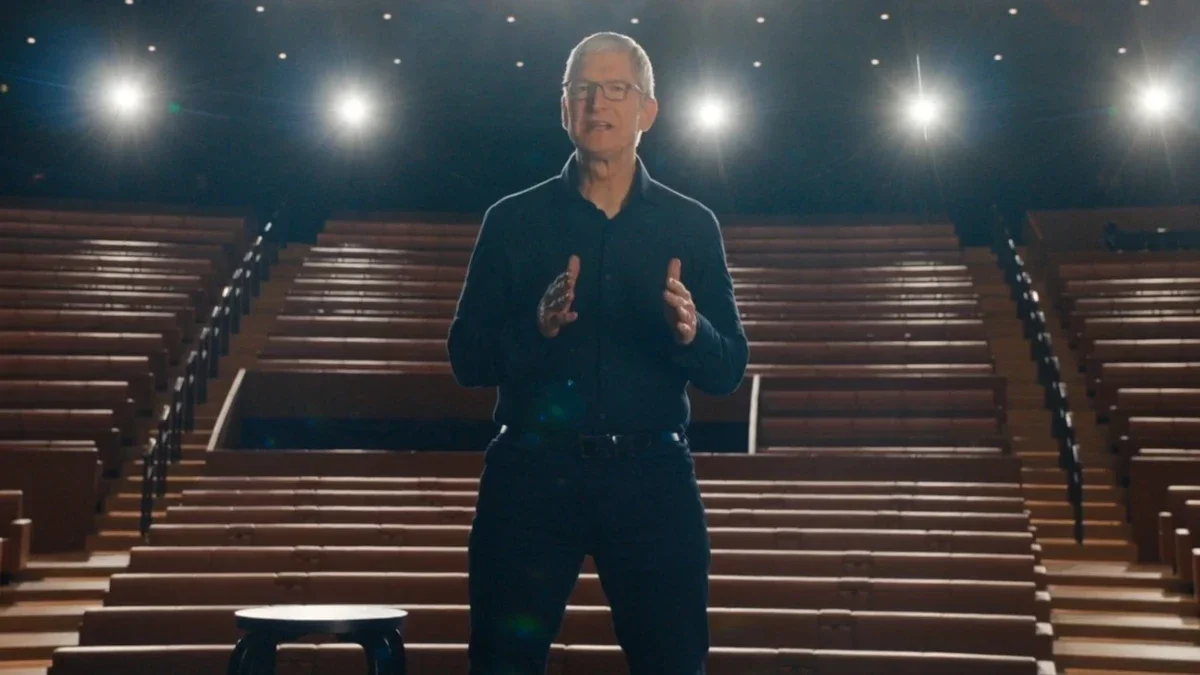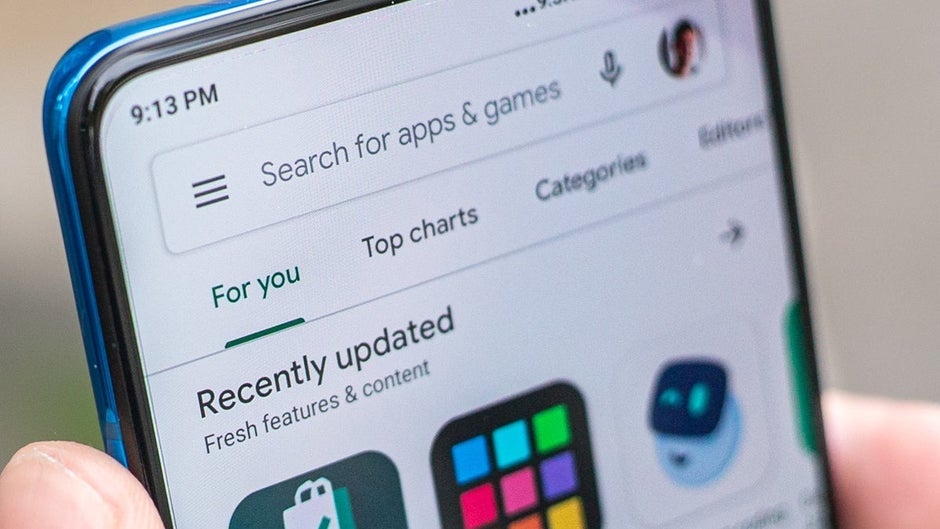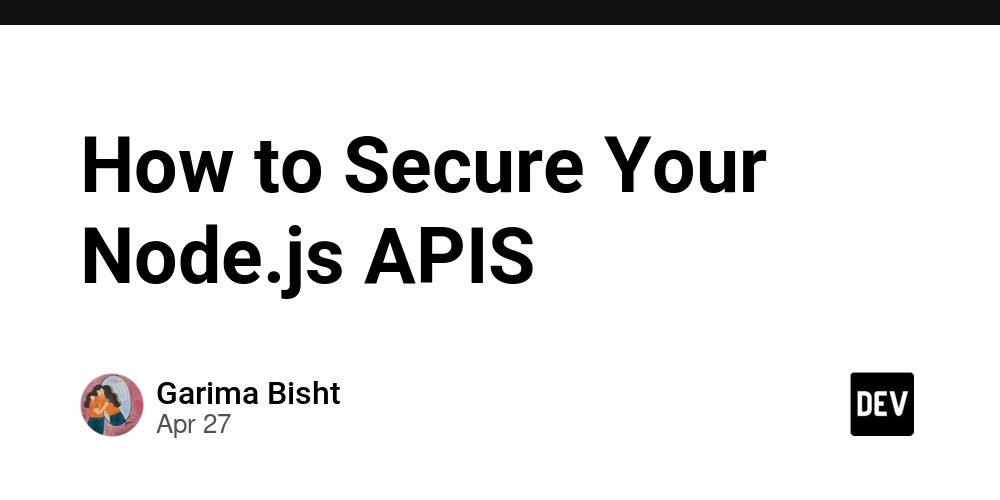A Fresh Approach to Local MQTT Development
Need a local MQTT instance on your machine? Want to integrate Node-Red too? Docker makes this incredibly simple. I'll show you exactly how to get everything up and running with minimal effort. Before we begin, verify that Docker is properly installed on your system. You can download Docker Desktop from the official website where you'll also find comprehensive installation instructions. I also suggest installing just, a useful tool that simplifies running commands from your terminal with minimal typing. Create a new directory and add the following compose.yml file : services: mosquitto: image: eclipse-mosquitto ports: - "1883:1883/tcp" - "8090:8090" volumes: - ./mosquitto/config.txt:/mosquitto/config/config.txt environment: - TZ=Europe/Zurich node-red: image: nodered/node-red ports: - "1880:1880" volumes: - ./node-red/data:/data environment: - TZ=Europe/Zurich links: - "mosquitto:mqtt-broker" - "mosquitto:mqtt" - "mosquitto:broker" Adapt the timezone to your location. Create a directory mosquitto and add the following mosquitto.conf file : # Config file for mosquitto listener 1883 protocol mqtt listener 8090 protocol websockets allow_anonymous true Create another directory node-red and add the following Dockerfile : FROM nodered/node-red RUN npm install @flowfuse/node-red-dashboard RUN npm install @flowfuse/node-red-dashboard-2-ui-led
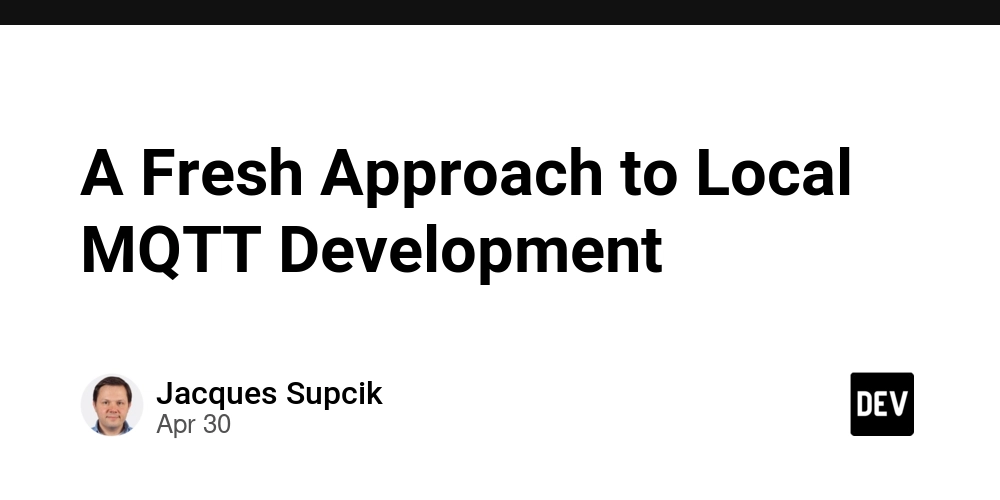
Need a local MQTT instance on your machine? Want to integrate Node-Red too? Docker makes this incredibly simple. I'll show you exactly how to get everything up and running with minimal effort.
Before we begin, verify that Docker is properly installed on your system. You can download Docker Desktop from the official website where you'll also find comprehensive installation instructions.
I also suggest installing just, a useful tool that simplifies running commands from your terminal with minimal typing.
Create a new directory and add the following compose.yml file :
services:
mosquitto:
image: eclipse-mosquitto
ports:
- "1883:1883/tcp"
- "8090:8090"
volumes:
- ./mosquitto/config.txt:/mosquitto/config/config.txt
environment:
- TZ=Europe/Zurich
node-red:
image: nodered/node-red
ports:
- "1880:1880"
volumes:
- ./node-red/data:/data
environment:
- TZ=Europe/Zurich
links:
- "mosquitto:mqtt-broker"
- "mosquitto:mqtt"
- "mosquitto:broker"
Adapt the timezone to your location.
Create a directory mosquitto and add the following mosquitto.conf file :
# Config file for mosquitto
listener 1883
protocol mqtt
listener 8090
protocol websockets
allow_anonymous true
Create another directory node-red and add the following Dockerfile :
FROM nodered/node-red
RUN npm install @flowfuse/node-red-dashboard
RUN npm install @flowfuse/node-red-dashboard-2-ui-led





























![[Free Webinar] Guide to Securing Your Entire Identity Lifecycle Against AI-Powered Threats](https://blogger.googleusercontent.com/img/b/R29vZ2xl/AVvXsEjqbZf4bsDp6ei3fmQ8swm7GB5XoRrhZSFE7ZNhRLFO49KlmdgpIDCZWMSv7rydpEShIrNb9crnH5p6mFZbURzO5HC9I4RlzJazBBw5aHOTmI38sqiZIWPldRqut4bTgegipjOk5VgktVOwCKF_ncLeBX-pMTO_GMVMfbzZbf8eAj21V04y_NiOaSApGkM/s1600/webinar-play.jpg?#)




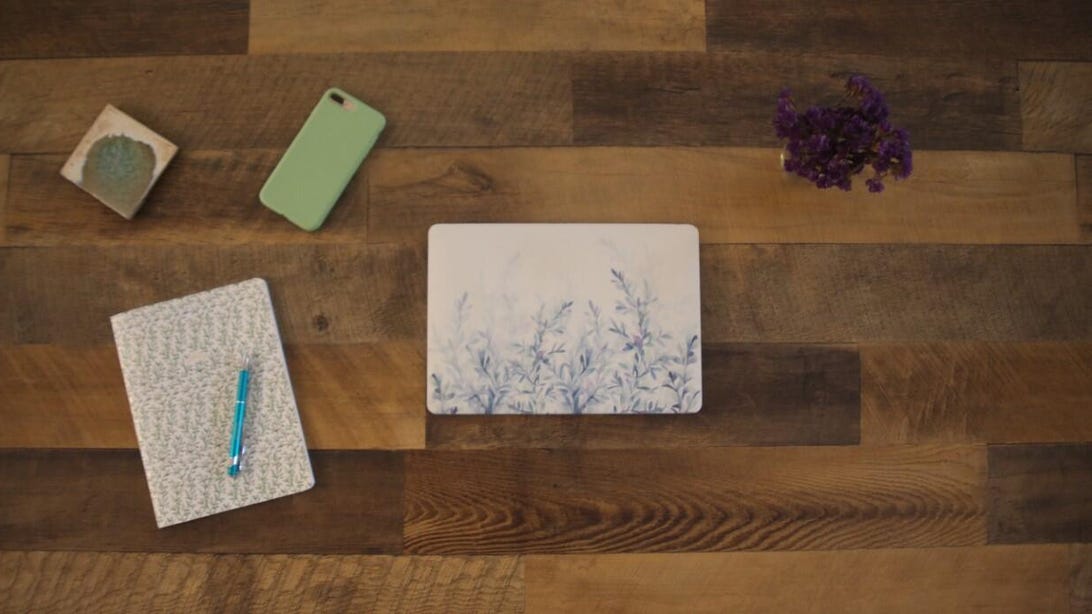



































































































































![[The AI Show Episode 145]: OpenAI Releases o3 and o4-mini, AI Is Causing “Quiet Layoffs,” Executive Order on Youth AI Education & GPT-4o’s Controversial Update](https://www.marketingaiinstitute.com/hubfs/ep%20145%20cover.png)












































































































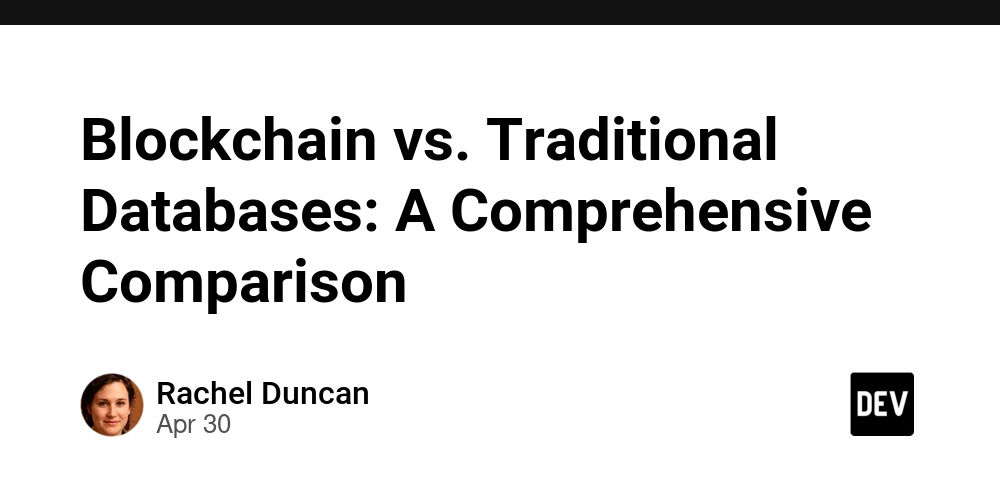
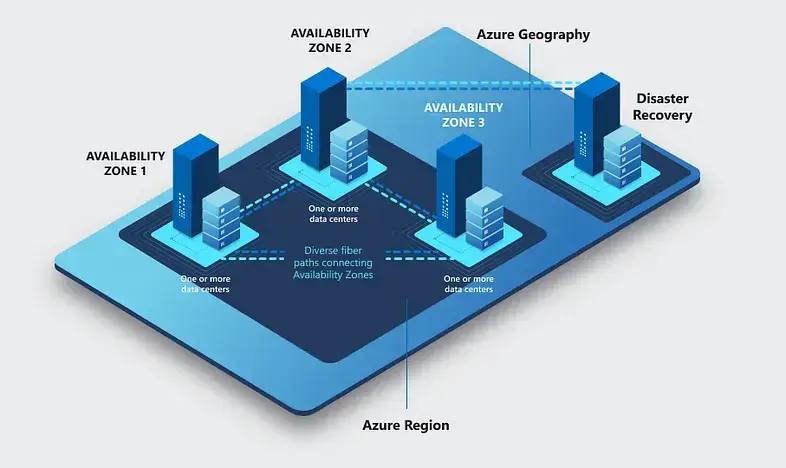

















































































































































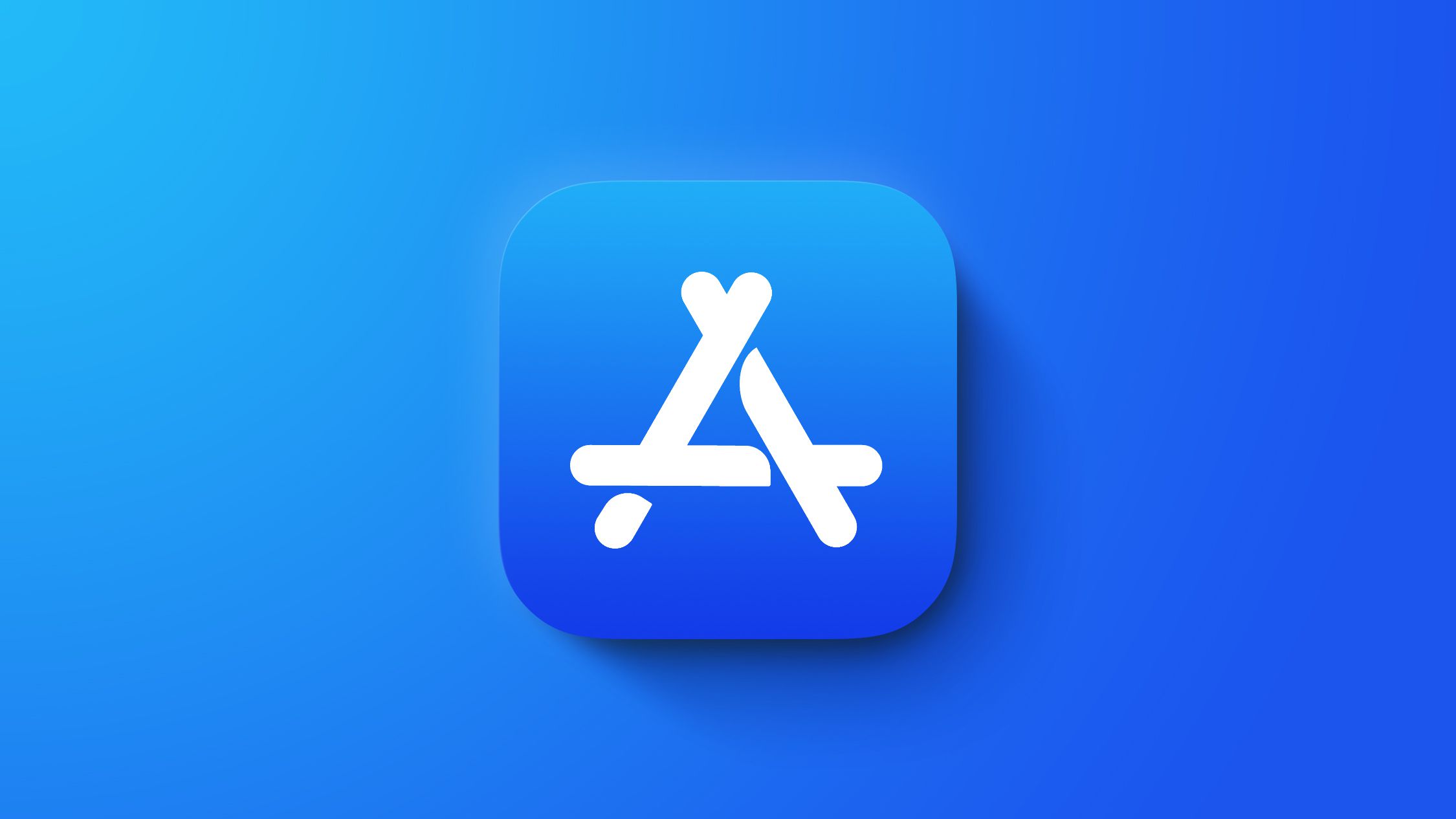

























































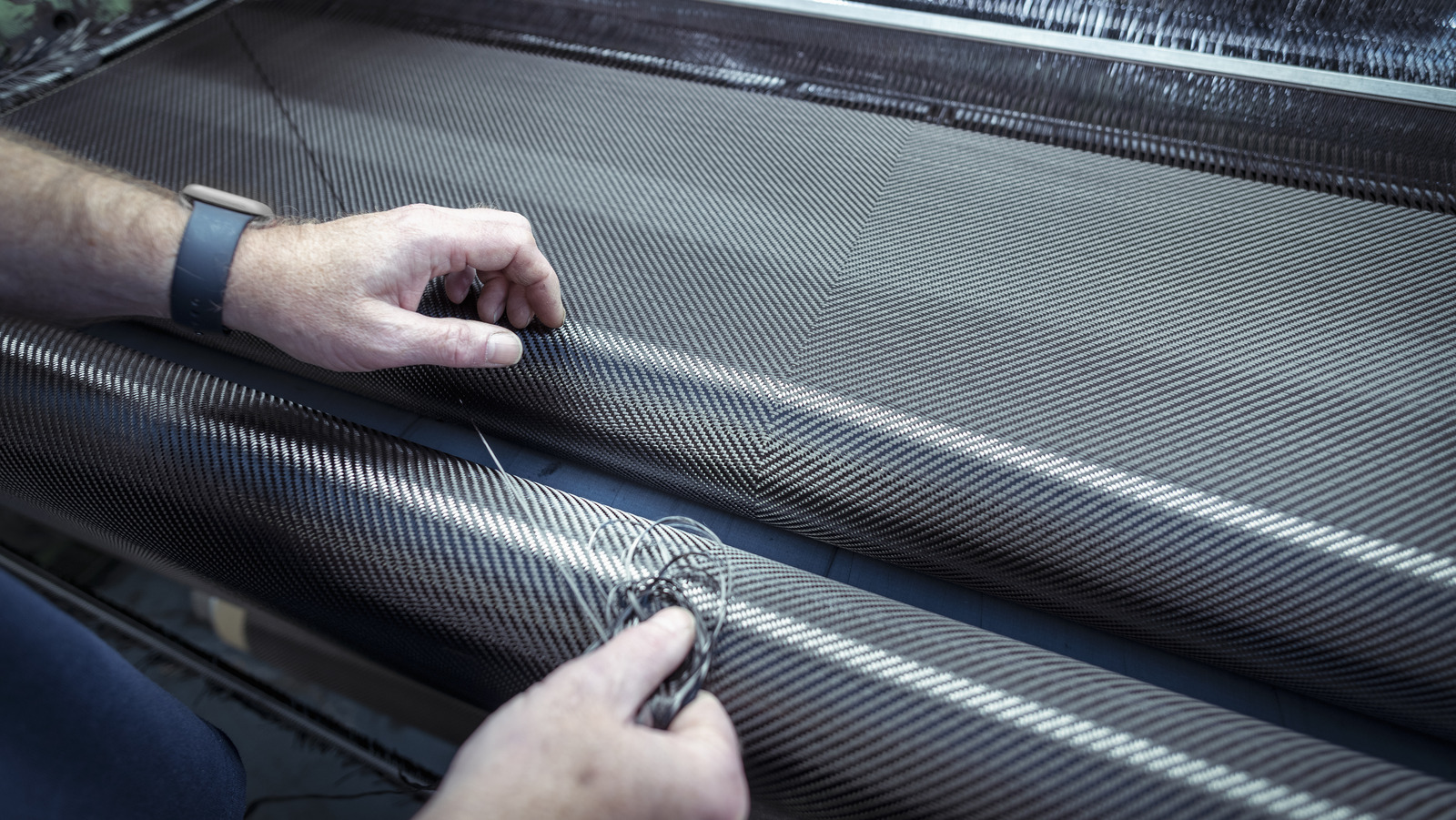



































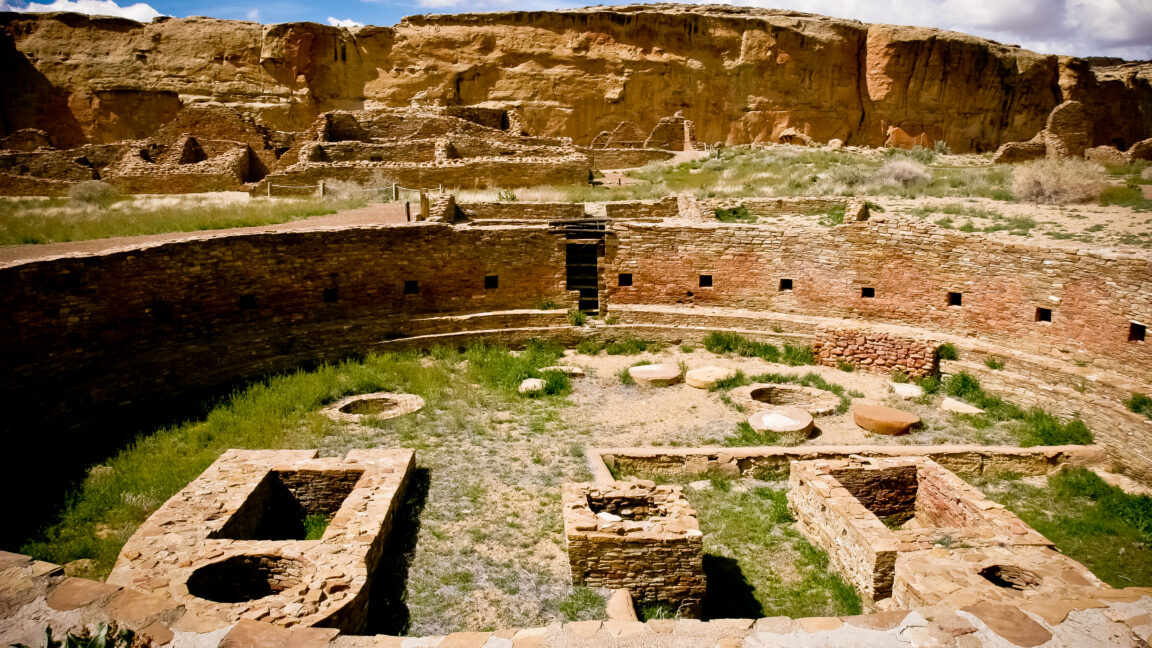
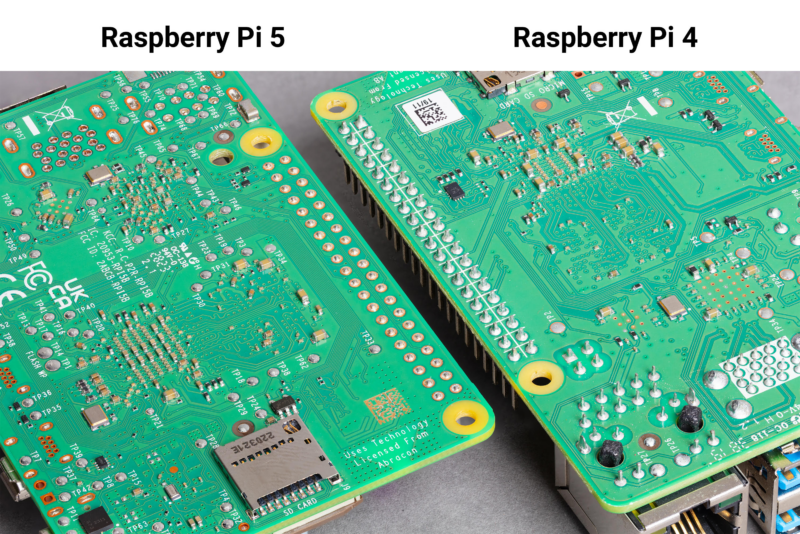


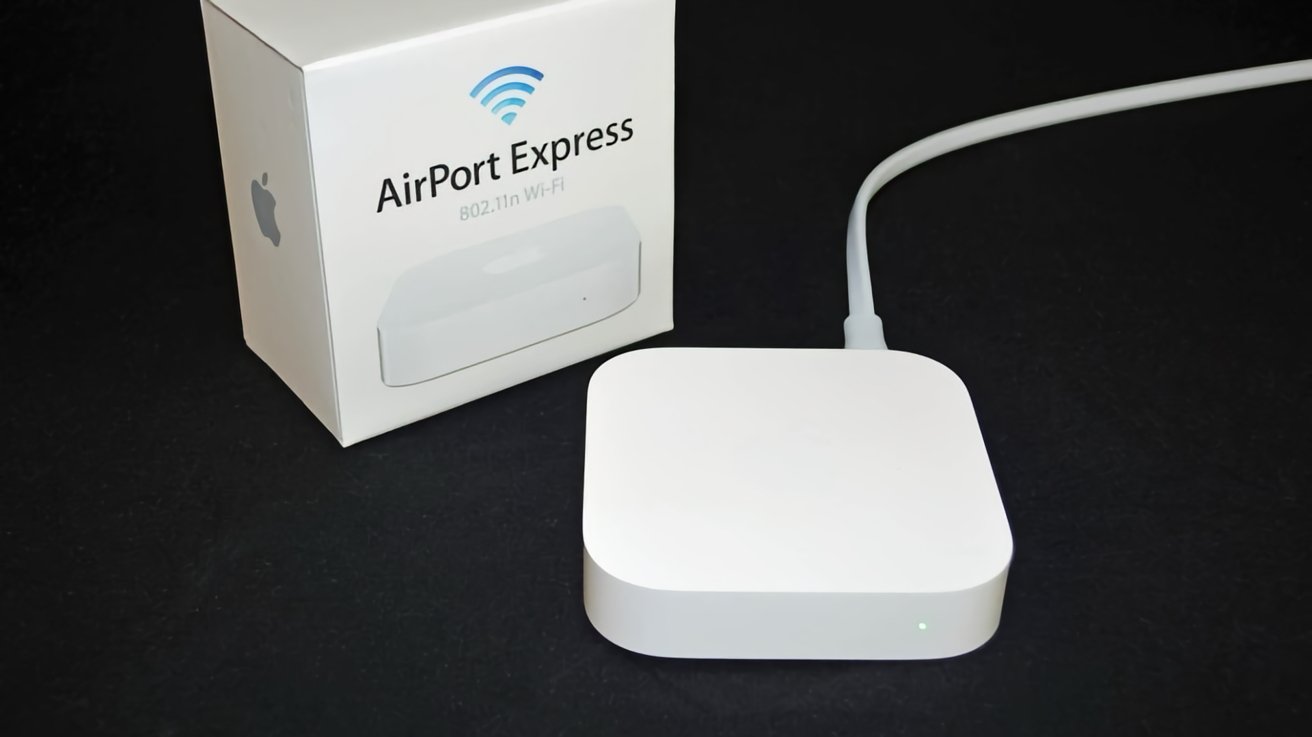
-xl.jpg)
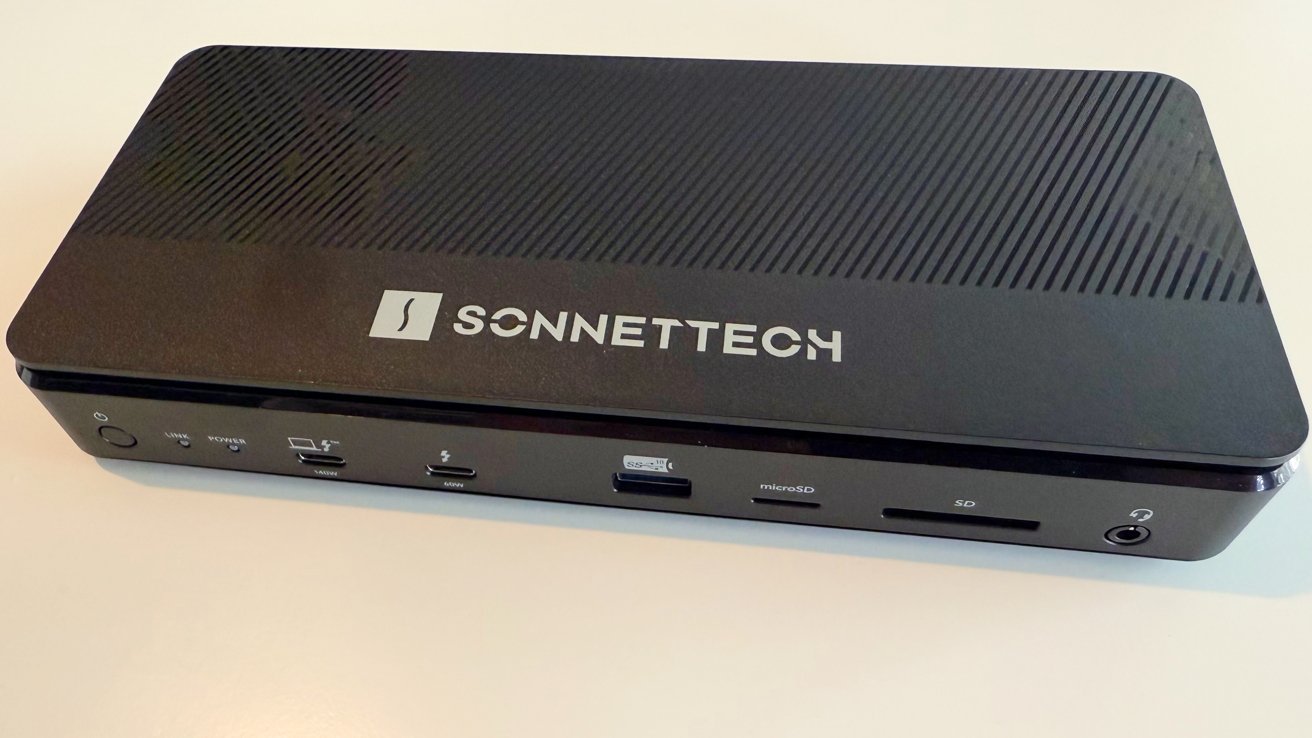
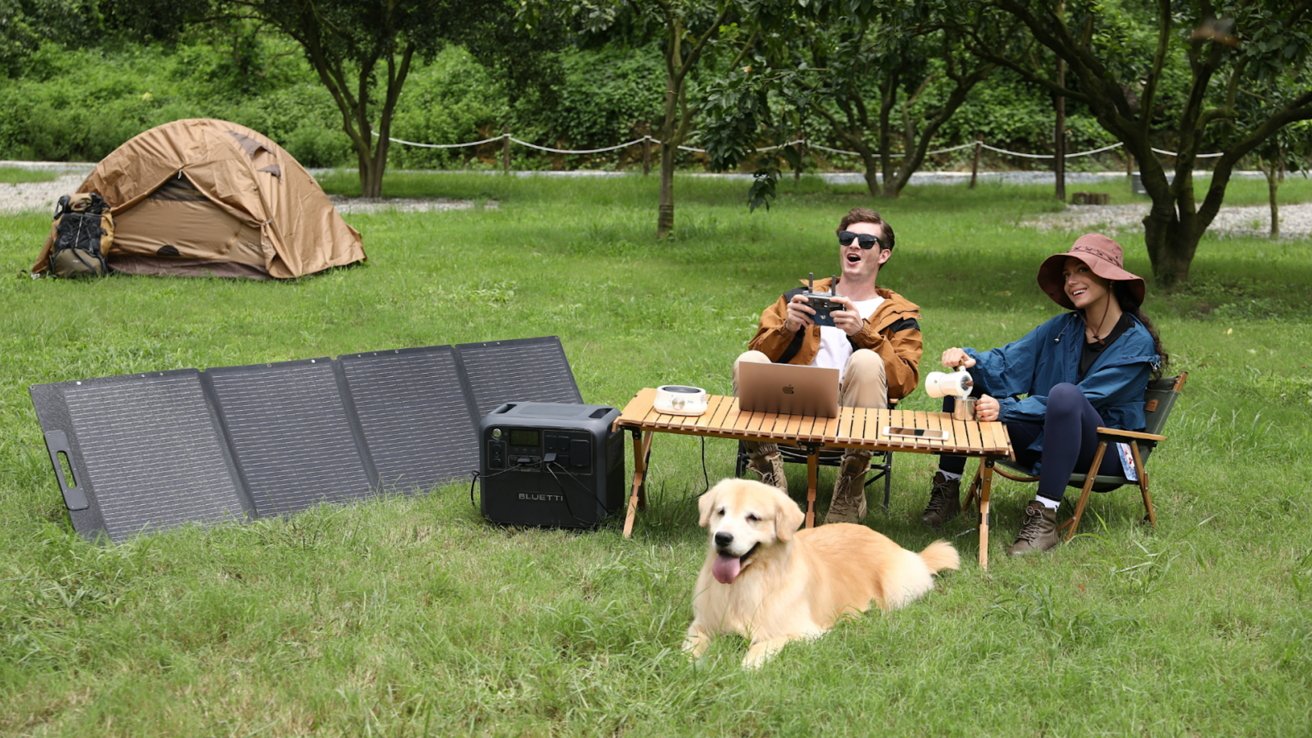

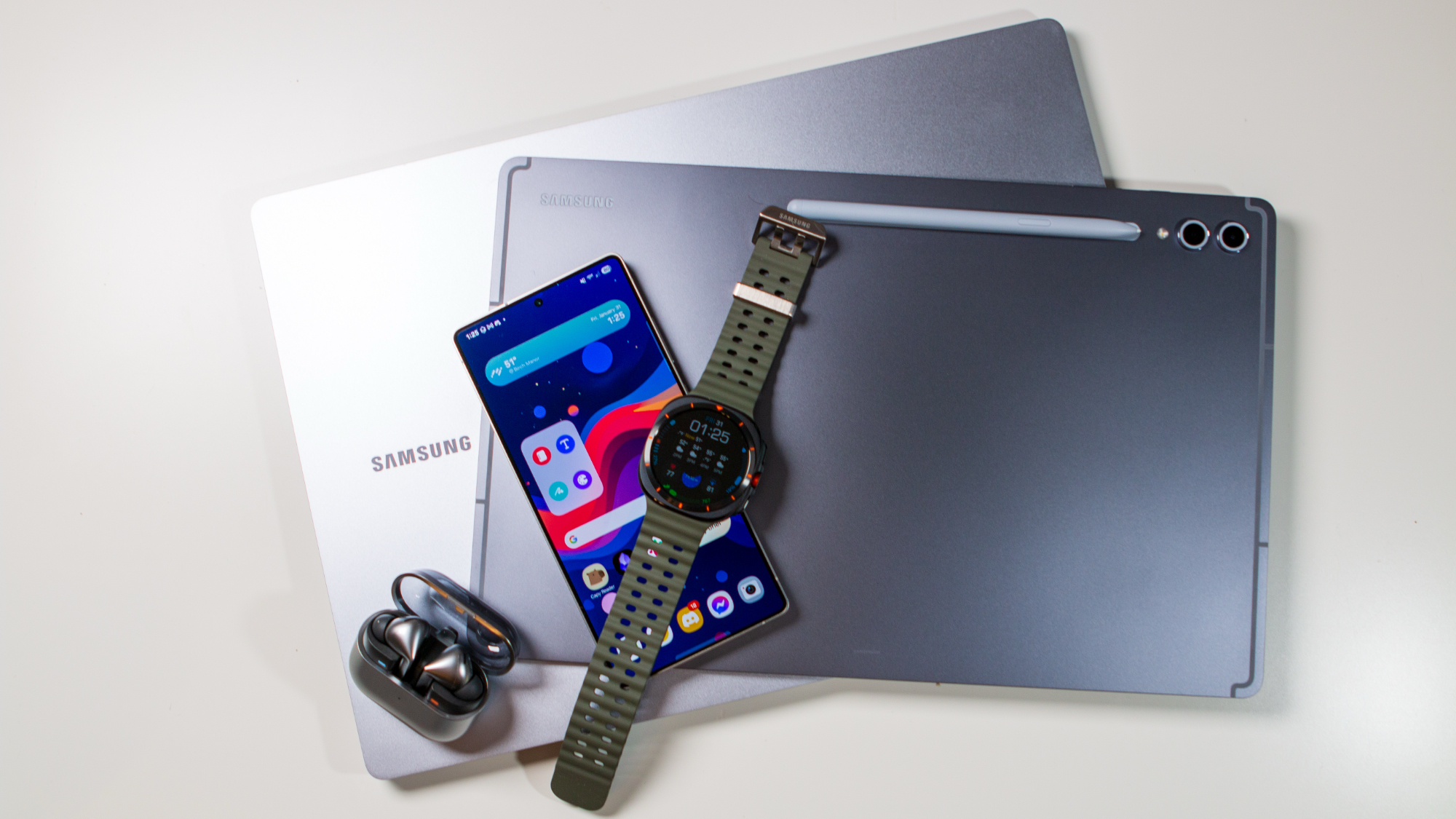
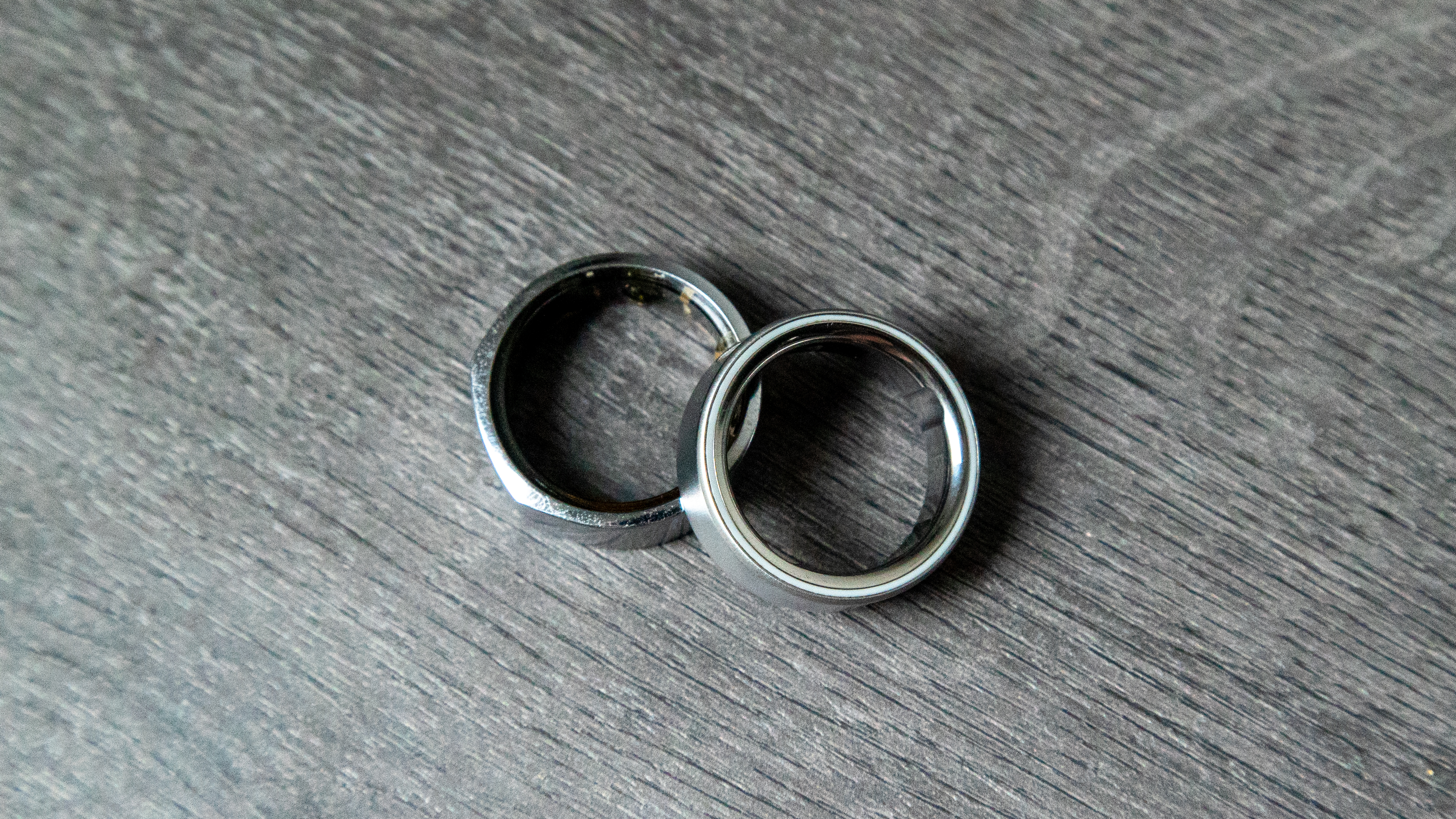
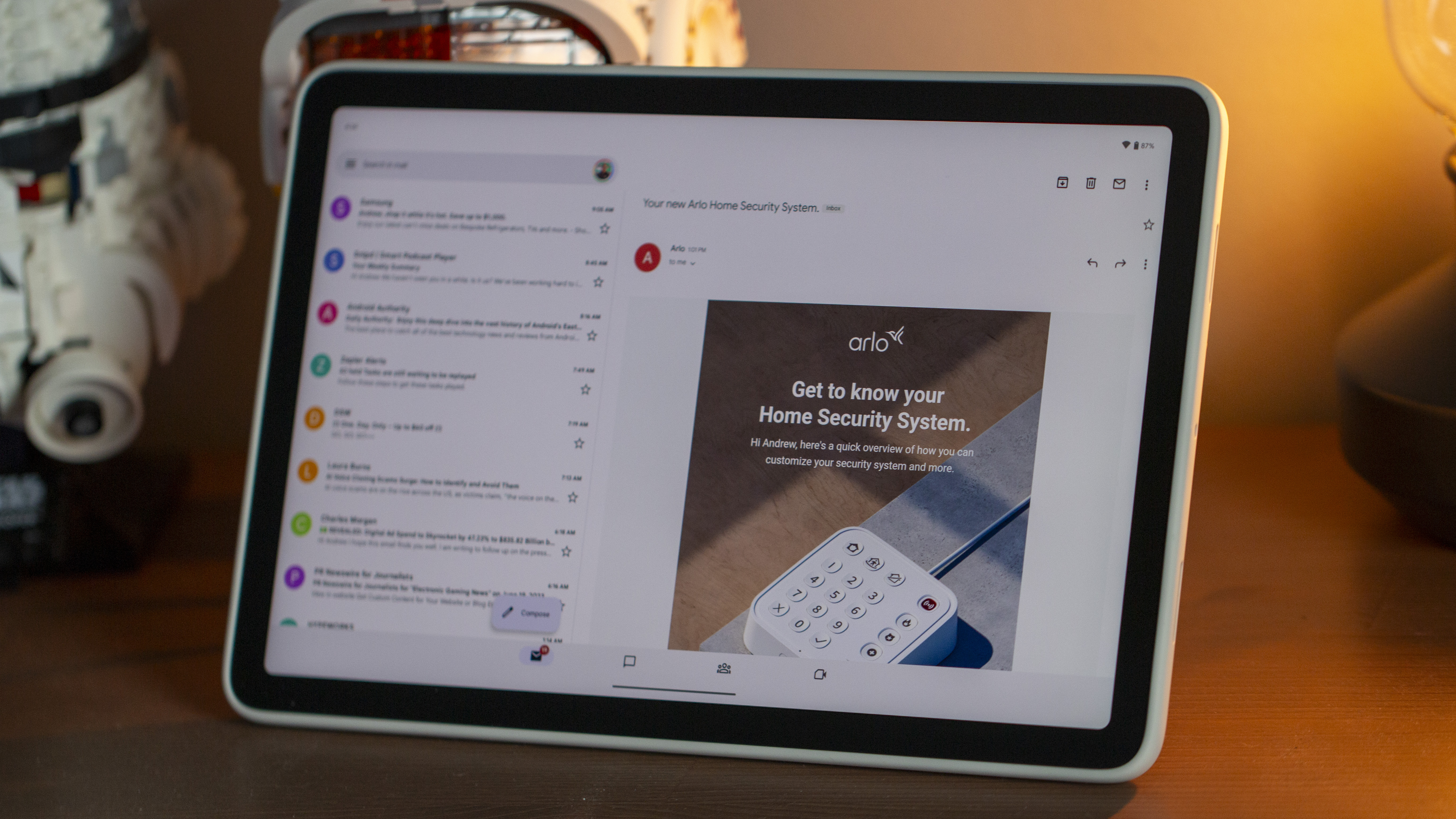



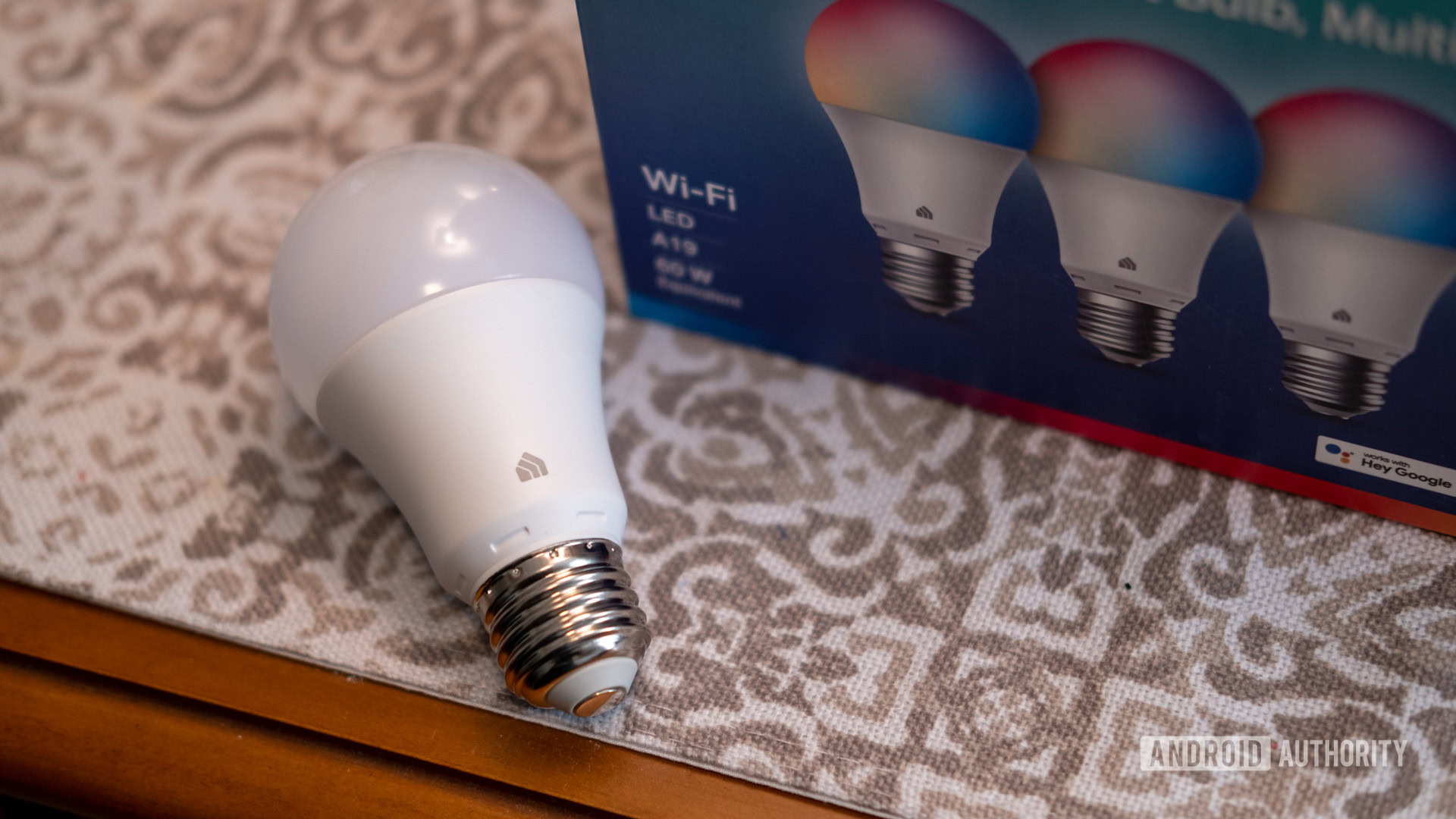

















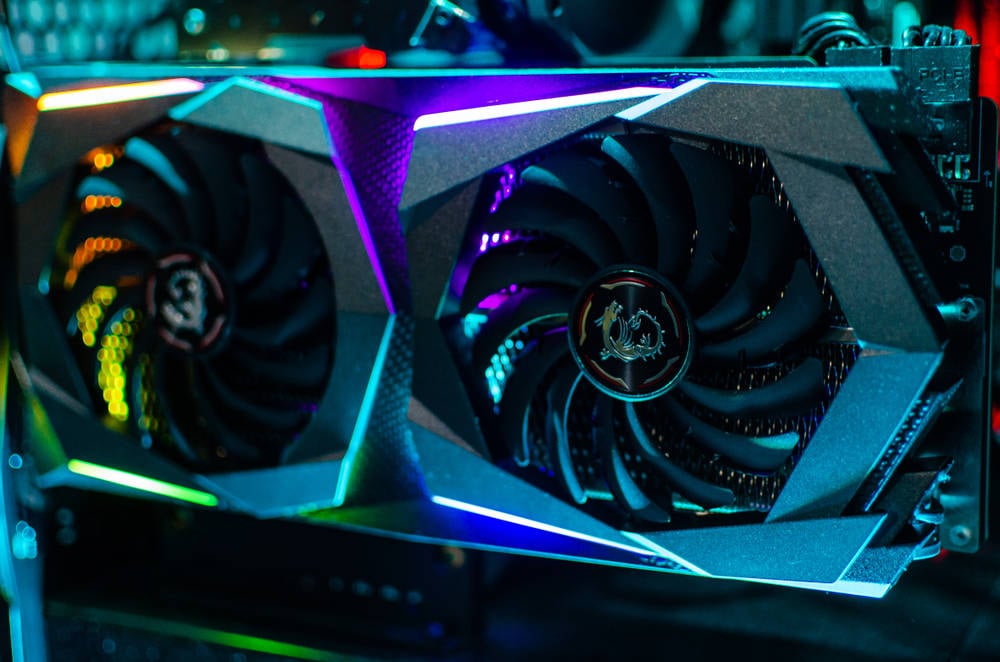


![New Hands-On iPhone 17 Dummy Video Shows Off Ultra-Thin Air Model, Updated Pro Designs [Video]](https://www.iclarified.com/images/news/97171/97171/97171-640.jpg)
![Apple Shares Trailer for First Immersive Feature Film 'Bono: Stories of Surrender' [Video]](https://www.iclarified.com/images/news/97168/97168/97168-640.jpg)















































